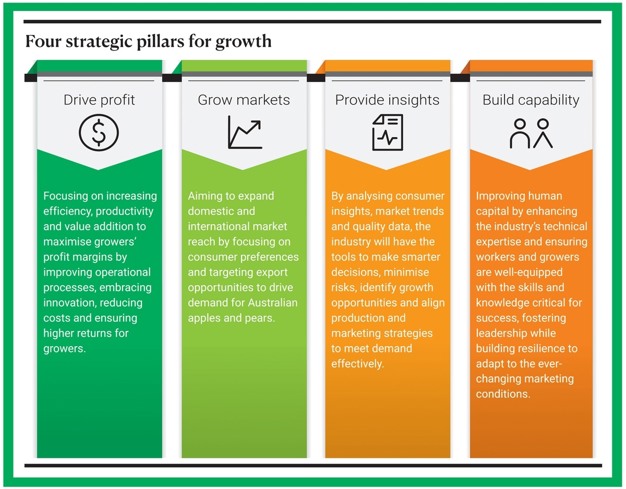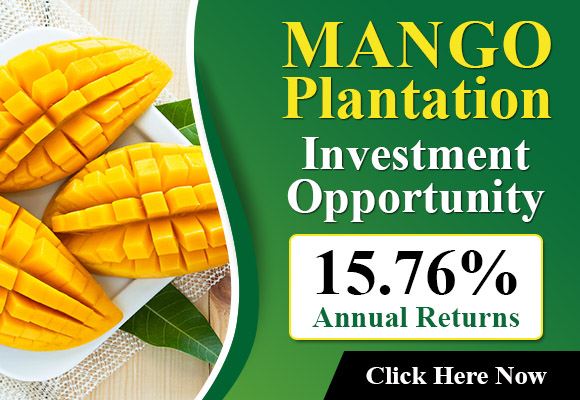The Australian apple and pear industry has released its 2025–30 Industry Strategy, outlining priorities to support sustainable growth, profitability, and resilience. Led by industry body APAL, the strategy builds on the foundation established in 2018 and responds to ongoing challenges facing growers.
Developed in collaboration with growers, industry stakeholders, and the APAL Board, the strategy focuses on four key pillars: driving profit, growing markets, providing insights, and building capability.
Assessing challenges and opportunities
APAL CEO Phil Turnbull said the new strategy began with a review of the previous plan and analysis of persistent industry challenges. These include high production costs, domestic market dependence, inconsistent planting strategies, over-investment in underused packing facilities, and increasing biosecurity threats.
Despite these issues, there are signs of progress. Population growth and consumer interest in premium club varieties offer opportunities for increased returns. Turnbull emphasized the importance of data access in shaping planting decisions and identifying export potential, particularly for Pink Lady® and other branded apple varieties.
Strategic pillars
The 2025–30 strategy outlines four strategic pillars to guide industry initiatives. The first is to drive profit by improving efficiency, productivity, and value addition to increase grower margins. The second is to grow markets by expanding both domestic and international reach, with a focus on aligning products with consumer demand and tapping into export opportunities. The third pillar is to provide insights by using consumer, market, and quality data to support better business decisions and improved performance. The final pillar is to build capability through workforce training and support to ensure the industry is equipped with the skills and knowledge it needs to succeed.
Measuring success
To assess progress by 2030, the strategy sets out several key performance indicators. These include increasing the average Class 1 yield per hectare from 27.8 tonnes to 32 tonnes, boosting per capita consumption to better align supply with demand, and expanding apple exports from 0.5 percent to 4.5 percent and pear exports from 7 percent to 12 percent. It also aims to enhance quality standards by ensuring at least 90 percent of tests meet internal specifications, complete the APAL Orchard Census and supply chain mapping, and maintain crop forecast accuracy within five percent of actual production.
A business case framework will help evaluate new initiatives in areas such as consumer focus, supply chain efficiency, and industry capability. This will ensure that the strategy remains adaptable to changing market conditions and industry needs.
Collaboration for success
While APAL coordinates implementation, the success of the strategy depends on the active participation of the entire industry. Turnbull emphasised that growers, packers, retailers, government agencies, and supply chain partners must all contribute. He added that a shared commitment to improvement and adaptability is key to securing a strong future for Australia’s apple and pear sector.
 For more information:
For more information:
Apple and Pear Australia
Tel: +61 3 9329 3511
Email: [email protected]
www.apal.org.au
Source: The Plantations International Agroforestry Group of Companies

